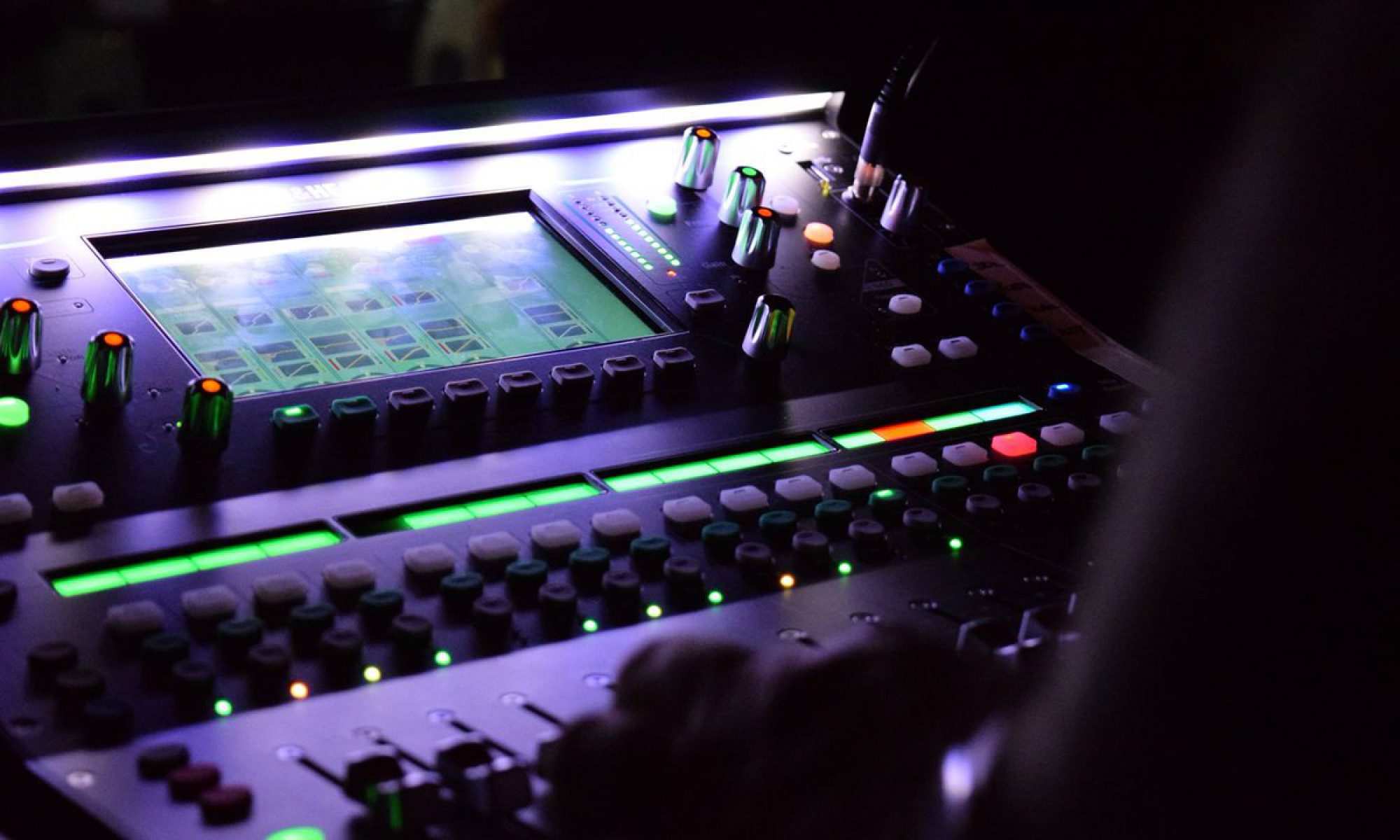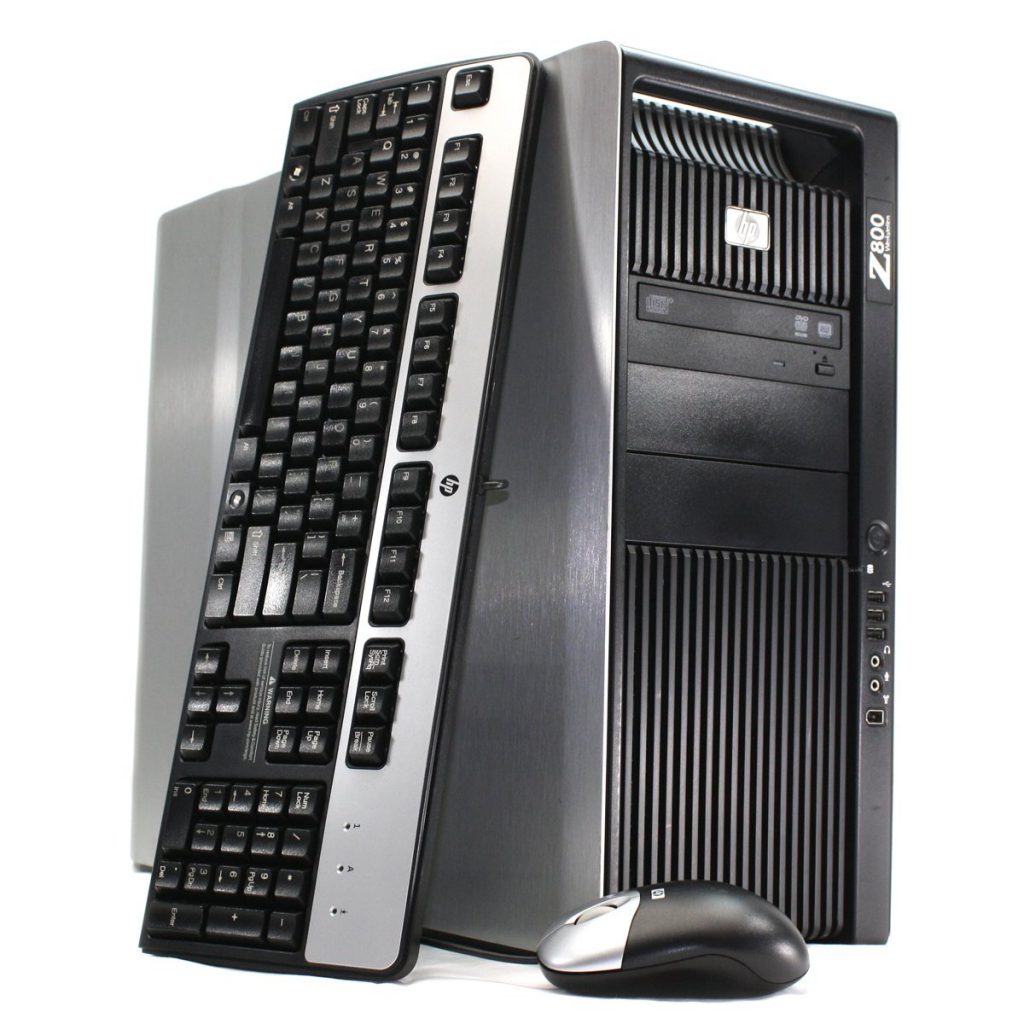Welcome back to our short series on production computers and a process to follow when designing the computer and buying/building the machine itself. Last week we talked about the design process, this week we’ll be talking about buying a computer instead of building it. While not the most cost effective in comparison to building the machine you can still get some pretty good deals in this arena if you are more flexible on the hardware and able to do some basic upgrades when necessary. Whether it’s mac or windows, buying a premade machine brings with it a warranty and the knowledge that you bought something that works as it sits. That warranty often comes with customer service if you have issues and the possibility of RMAs and external support. But that “feature” comes at the cost of price. In my experience, purchasing a pre-built machine can cost about 15-20% more than building it yourself. The other thing you often get are features that you may not actually need. Often times pre-built machines come with things like card readers, disc drives/burners (does anyone use these anymore?), etc. All of those unnecessary items add cost to the bottom line.
But there is a silver lining here. If you want to buy a machine, I’d buy a workstation computer (like this one). These are streamlined workhorse machines (with varying levels of power). They rarely come with features you won’t use. Rather they are packed with parts that are incredibly reliable and powerful for the price you pay. If you are even willing to buy last year’s model you can get a great deal. The best part is that you are getting high core count CPUs (Intel Xeon processors most commonly found in these machines are primarily used for servers) but coupled with that you are getting low dollar commercial GPUs which have the advantage of better firmwares and fewer software upgrades. So the key to workstations is to add some simple parts to these machines in order to upgrade them. Get the RAM count up to 32GB (I’ve not found anything in production that actually needs more than 32), add an SSD or SSHD for the OS drive (they are commonly simple 5400RPM mechanical drives), and consider upgrading the GPU with whatever money is left (if you plan to do this upgrade you can often get the desktop sans a GPU so you can save a few bucks). Even bone stock, these machines can do pretty well at editing and process heavy applications simply because of the core count. The other great feature of a workstation is that they are often incredibly quiet and maintain excellent thermals even under heavy load.
You can get these machines just about anywhere but the first place I’d look is a local warehouse or electronics shop. A lot of them sell old workstations for large corporations and it is here where you get the best deals. If you can’t find any connections in this arena start looking on Amazon and Newegg. Both offer decent deals on both new and used workstations. Because these are often server CPUs the parts aren’t as recognizable of the consumer versions, be sure to check out PassMark and put in the model of your CPU and compare it to what you need as far as hardware requirements or against other purchase options. Probably the only guideline I’d give you is to stick with the biggest brands, HP and Dell (IBM for laptops). Both of these companies have great customer service and many years of experience manufacturing machines and a history of reliable hardware.
The other machines I’d most definitely buy is when form factor for the machine itself comes into play. Sometimes you need a small puck sized machine to attach to the back of a machine or you need a really slim 1U computer for a travelling rig. Manufacturers have already done the legwork of modifying components, sourcing specifically sized parts, etc and when you need something like this you can easily find these machines just about anywhere you can buy a computer. Waves sells a setup for a processing server and control server that both fit into 2U of rack space. They are a bit pricey but you are getting a rack mount machine so if you need that in that form factor, it’s worth it to buy those instead of trying to engineer that yourself. Thermals can be really annoying in small builds, trust the R&D that manufacturers have done in this arena.
I know this next part may not be as popular but it’s an option I wanted to be sure to bring up at some point in this series. That option is to just re-purpose a machine that you have sitting around that either isn’t being used much or at all. These older machines can easily be given a few simple upgrades for less than $100. This could entail installing an SSD and maxing out the RAM slots. If it’s a desktop machine, feel free to upgrade the GPU as well. If you are just needing a machine to play music from or load up a website, these older laptops or desktops can be incredibly useful in that space (think planning center online, microsoft word, etc). With upgrades I just discussed many of these older machines can be given new life doing light recording/editing as well. All for just about $100. Just consider it next time you need a machine for a purpose or a second computer to offload some computing to another machine. Even waves multirack can be run from these machines as it’s just running the software. The biggest thing to check is the system requirements listed on developers websites. That is readily available information so don’t miss that step. Lastly, if you bring back an older machine, take the time to actually wipe and reload the operating system, get it up to date, and just get it cleaned up (as in get all the dust cleared out). Obviously results will vary, but most of us work in an environment where there is an old machine sitting on a shelf. To help out things a bit (having multiple machines that is), check out a program called Synergy that allows you to share a mouse and keyboard across a network. I would also argue that this is a reason to reasonably overs-pec any machine you build so that even after it’s not useful to you, perhaps you can re-purpose it to a different task.
Hopefully this week you’ve learned a bit about buying machines and the thought process I try to employ as I consider adding a production machine to our arsenal. While we have leaned towards building machines because I can exchange parts between machines really easily (we’ll get to this next week) I have been encouraged to take a look at workstations as we can because they do tend to have a much longer life than consumer based machines do both in performance and quality. If you have any questions please feel free to drop a line on facebook, here in the comments section, or shoot me a quick email at daniel@studiostagelive.com. As always, if you like what you are reading and what to know when new content is released, subscribe to this blog at this link, and you’ll get an email when a new post is up. Happy mixing!



